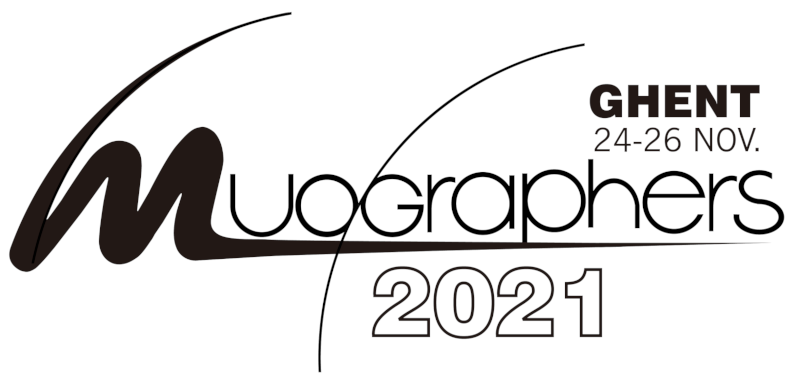Conveners
Collaboration reports
- Michael Tytgat (Ghent University (BE))
Collaboration reports
- Michael Tytgat (Ghent University (BE))
The feasibility of muography for geological survey and mining exploration has been demonstrated in many works around the world, since the first steps of muography. It was in 1955, as documented, the first use of muons was to measure the ice thickness above the tunnel of a mine in Australia.
Muography with muon telescopes in an underground setting has an easy side due to the absence of the...
Sakurajima volcano is one of the world's most active volcanoes with over 3,000 of explosive eruptions during the last five years. A muography observatory is under construction in international collaboration since 2017 at a distance of approx. 2,800 m in south-west direction from the active craters, called Minamidake and Showa [1,2]. Currently, the Sakurajima Muography Observatory (SMO) is...
We describe the Muography Program to study the volcanoes ranging from the Colombian Andes. We discuss the developed simulation framework covering the cosmic rays impinging the upper Earth's atmosphere, the geomagnetic field modulation, the particle showering along the atmosphere, the muon flux passing through the volcano edifice, the particle-detector interaction and the detector response. We...
After the successful development of AMIGA and MuTe, both integrally designed, funded and built in Latin America, we created MuAr, a new collaborative project for the development of muography applications in geophysics, mining prospecting and safeguard.
We focus this project on the development of innovative muon detector designs, such as our two new muographers prototypes: Mudulus, a...
